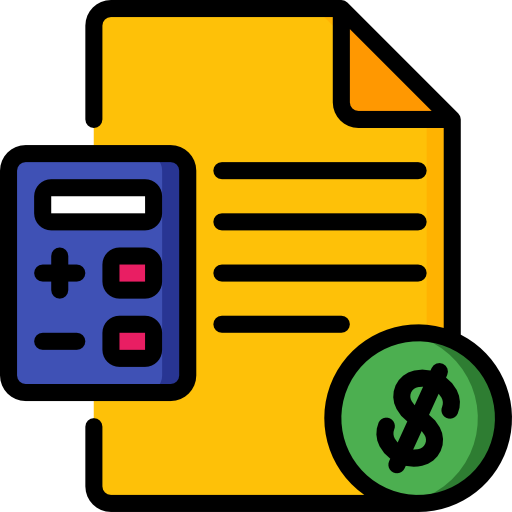What is a Chart of Accounts?
A chart of accounts is the foundation of your business's financial record-keeping system. It's a categorized list of all accounts used to organize your financial transactions, providing the structure for accurate bookkeeping and meaningful financial reports.
Why Invoicely's Chart of Accounts Matters
- • 170+ professionally categorized accounts
- • Covers all 5 financial statement categories
- • Tailored for 4 different entity types
- • Automatic integration with all transactions
Step 1: Understanding Entity Types
Company
Best for corporations, LLCs, and incorporated businesses
- • Complex asset management
- • Multiple revenue streams
- • Employee payroll
- • Corporate tax obligations
Individual
Perfect for sole proprietors and freelancers
- • Simple business structure
- • Personal/business separation
- • Basic asset tracking
- • Self-employment taxes
Partnership
Designed for business partnerships
- • Partner equity tracking
- • Profit/loss allocation
- • Partner draws
- • Partnership tax forms
Trust
Specialized for trust entities
- • Trust asset management
- • Beneficiary tracking
- • Trust distributions
- • Trust tax compliance
Step 2: Understanding Account Categories
Assets
Cash, equipment, inventory
Liabilities
Loans, accounts payable
Equity
Owner's equity, retained earnings
Revenue
Sales, service income
Expenses
Operating costs, supplies
Step 3: Accessing Chart of Accounts in Invoicely
- Navigate to Chart of Accounts: From your dashboard, click "Chart of Accounts" in the sidebar
- Review Entity Type: Your entity type is displayed at the top (set during registration)
- Browse Categories: Use filters to view accounts by type (Assets, Liabilities, Equity, Revenue, Expenses)
- Search Accounts: Use the search bar to find specific accounts by name or code
Automatic Setup
Invoicely automatically provides relevant accounts based on your entity type. No manual setup required!
Step 4: Customizing Your Chart of Accounts
Adding Custom Accounts
- Click "Add New Account" button
- Enter account code (follow numbering convention)
- Provide account name and description
- Select account type and normal balance
- Choose applicable entity types
- Save your new account
Account Code Best Practices
- • Use 4-digit codes for consistency
- • Follow industry standard numbering
- • Leave gaps for future accounts
- • Group similar accounts together
Step 5: Integration with Transactions
Your chart of accounts automatically integrates with all transaction types in Invoicely:
Revenue Accounts (4000-4999)
- • Linked to invoice categories
- • Connected to income transactions
- • Visible in revenue reports
Expense Accounts (5000-9999)
- • Linked to expense categories
- • Connected to purchase orders
- • Visible in expense reports
Step 6: Using Chart of Accounts in Reports
Your chart of accounts powers all financial reports in Invoicely:
- P&L Statement: Revenue and expense accounts show actual vs budget
- Balance Sheet: Assets, liabilities, and equity accounts display current balances
- Cash Flow: Track money movement across account categories
- Account Analysis: Drill down into specific account activity
Ready to Set Up Your Chart of Accounts?
Start using Invoicely's professional chart of accounts system with 170+ predefined categories today.
Get Started Free